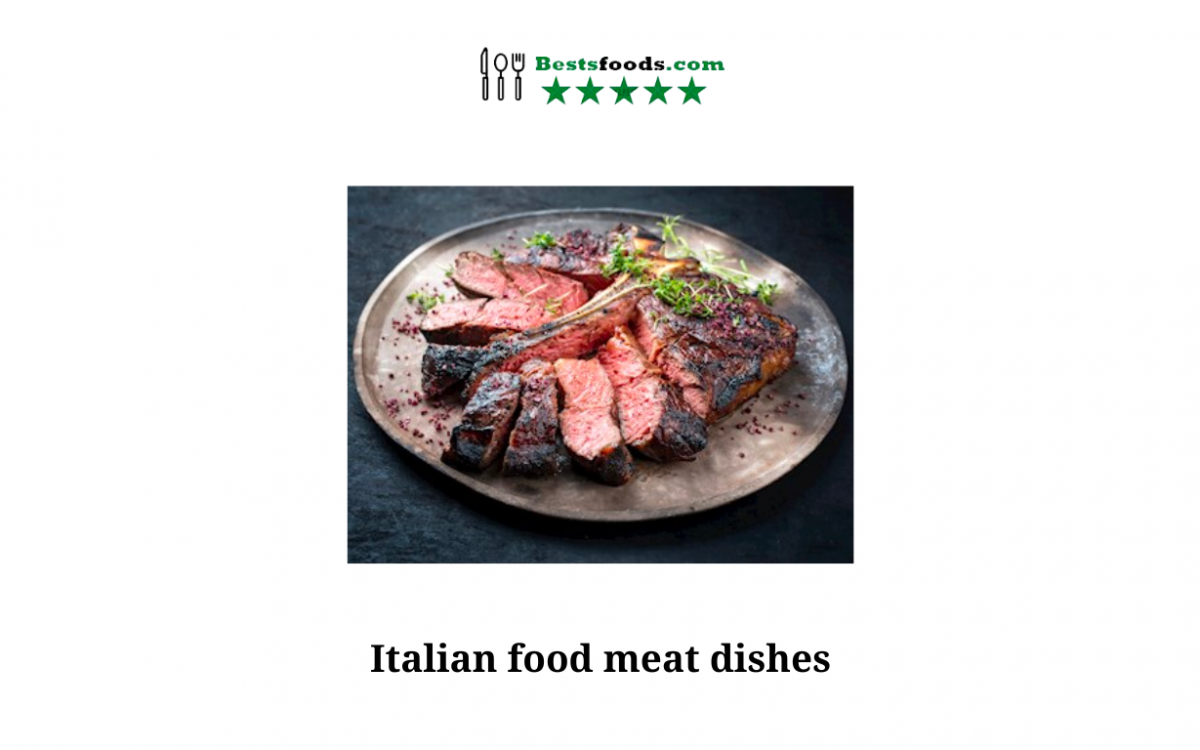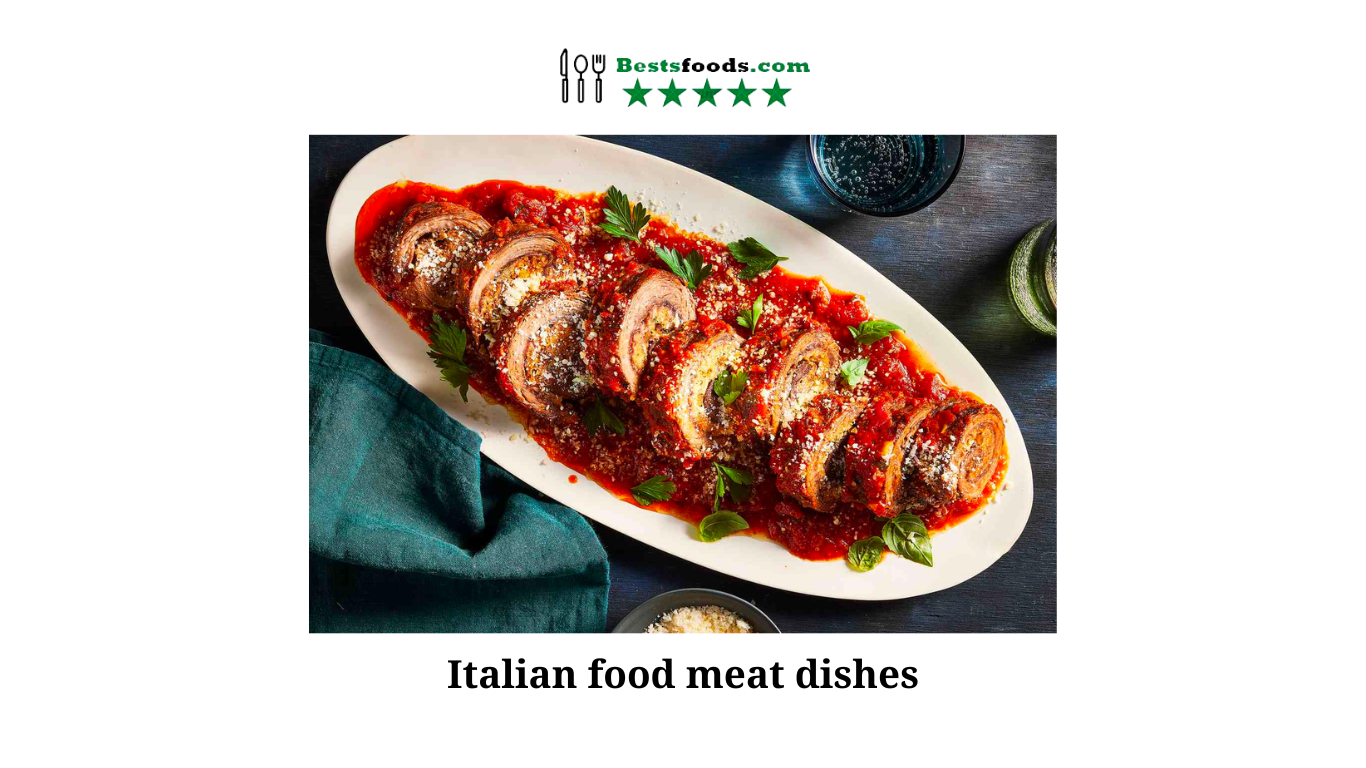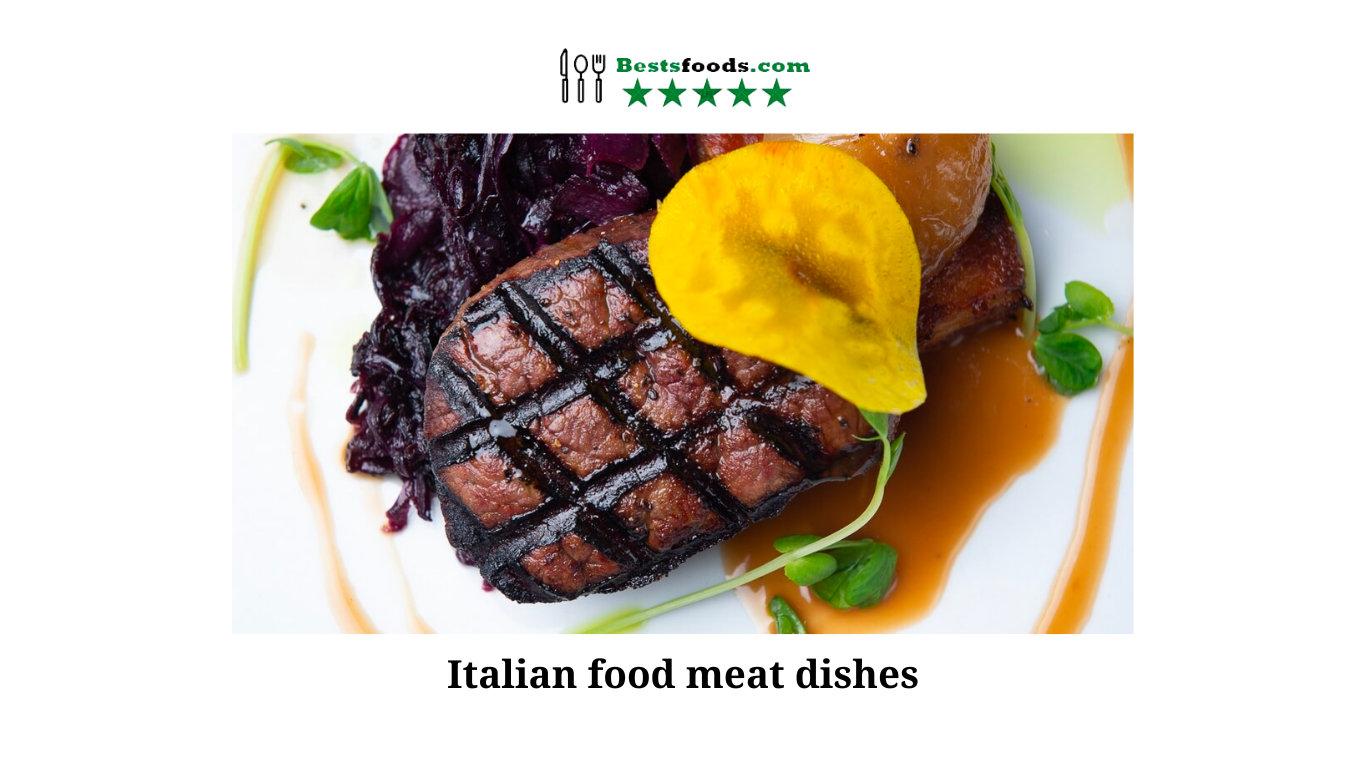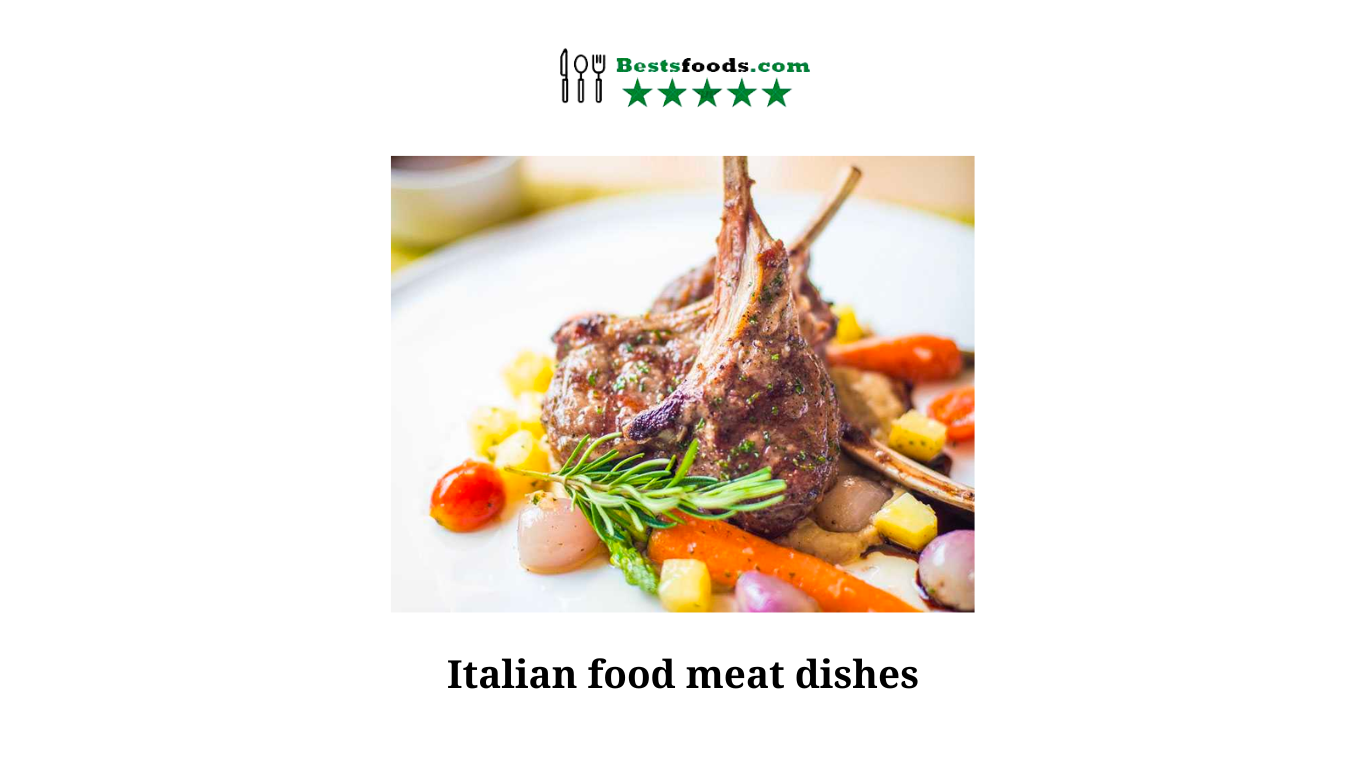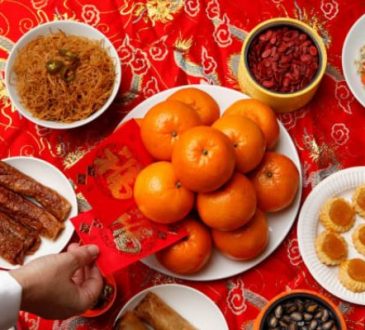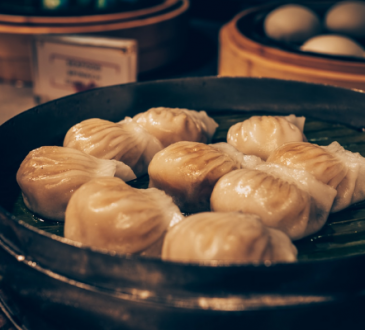Chinese Food for Holidays: Exploring Festive Culinary Traditions
Food plays a central role in cultural celebrations around the world, and Chinese cuisine is no exception and from Lunar New Year to the Mid-Autumn Festival and beyond, Chinese holidays are marked by an array of delicious dishes that reflect the country’s rich culinary heritage. In this article, Tipfoodss will delve into the vibrant world of Chinese food for holidays, exploring the diverse and festive culinary traditions that make these occasions truly special.
Chinese Food for Holidays: Exploring Festive Culinary Traditions
Chinese food for holidays is a celebration of rich flavors, cultural symbolism, and cherished traditions. From Lunar New Year with its dumplings and longevity noodles to the Mid-Autumn Festival with its mooncakes and tangyuan, each holiday brings a unique culinary experience. These festive dishes not only nourish the body but also strengthen familial ties and connect people to their cultural roots. As we explore the diverse and vibrant world of Chinese food for holidays, we embrace the spirit of togetherness, abundance, and the joy of sharing a meal with loved ones. So, let us savor these culinary delights and immerse ourselves in the festive traditions that make Chinese holidays truly special. Gong Xi Fa Cai!
I. The Significance of Food in Chinese Culture:
- Cultural Symbolism: Chinese cuisine is deeply intertwined with symbolism, and this symbolism is particularly evident during holidays. Each dish holds a special meaning, often associated with luck, prosperity, and familial harmony.
- Family Gathering: Chinese holidays are a time for families to come together and share a meal. Food acts as a unifying force, fostering a sense of togetherness and reinforcing familial bonds.
II. Lunar New Year Celebrations:
- Dumplings (Jiaozi): Dumplings are an essential part of Lunar New Year festivities. Their shape resembles ancient Chinese currency, symbolizing wealth and prosperity for the coming year. Families often gather to make and eat dumplings together.
- Nian Gao (Sticky Rice Cake): Nian Gao is a sticky rice cake that is traditionally consumed during Lunar New Year. Its sweet and sticky texture symbolizes progress and the hope for a higher position or growth in the coming year.
- Longevity Noodles: Longevity noodles, which are longer than regular noodles, are served during Lunar New Year to symbolize a wish for a long and prosperous life. They are often stir-fried and served with vegetables and meat.
III. Mid-Autumn Festival Delights:
- Mooncakes: Mooncakes are synonymous with the Mid-Autumn Festival. These round pastries are filled with sweet lotus seed paste, red bean paste, or other fillings and are often intricately decorated. Sharing mooncakes symbolizes unity and family reunion.
- Tangyuan: Tangyuan are glutinous rice balls filled with sweet fillings like sesame, peanuts, or red bean paste. They are traditionally enjoyed during the Mid-Autumn Festival and symbolize family togetherness and harmony.
IV. Dragon Boat Festival Traditions:
- Zongzi: Zongzi are sticky rice dumplings wrapped in bamboo leaves and filled with various ingredients such as pork, chestnuts, and beans. They are traditionally eaten during the Dragon Boat Festival to commemorate the poet Qu Yuan and ward off evil spirits.
V. Other Festive Chinese Dishes:
- Peking Duck: Peking Duck is a famous Chinese food for holidays that is often enjoyed during special occasions and holidays. The dish features a whole roasted duck, with crispy skin and tender meat, served with thin pancakes, scallions, and hoisin sauce.
- Hot Pot: Hot Pot is a popular communal Chinese food for holidays often enjoyed during winter holidays. A simmering pot of flavorful broth sits at the center of the table, and diners cook an assortment of thinly sliced meats, vegetables, and noodles in the broth.
- Eight Treasures Rice: Eight Treasures Rice is a festive dessert made with glutinous rice, dried fruits, nuts, and sweet syrup. It is often served during holidays and special occasions, signifying good luck and abundance.
VI. Preserving Culinary Traditions:
- Passing Down Recipes: Chinese food for holidays provide an opportunity for younger generations to learn traditional recipes and cooking techniques from their elders. Preserving these culinary traditions ensures that they continue to be cherished and passed down through the generations.
- Fusion and Innovation: While tradition holds a special place, Chinese food for holidays also evolves over time. Chefs and home cooks alike explore new flavors and techniques, fusing traditional elements with contemporary influences to create innovative dishes that still honor the spirit of the holidays.
Conclusion:
Chinese food for holidays is a celebration of rich flavors, cultural symbolism, and cherished traditions. From Lunar New Year with its dumplings and longevity noodles to the Mid-Autumn Festival with its mooncakes and tangyuan, each holiday brings a unique culinary experience. These festive dishes not only nourish the body but also strengthen familial ties and connect people to their cultural roots. As we explore the diverse and vibrant world of Chinese food for holidays, we embrace the spirit of togetherness, abundance, and the joy of sharing a meal with loved ones. So, let us savor these culinary delights and immerse ourselves in the festive traditions that make Chinese holidays truly special. Gong Xi Fa Cai!

